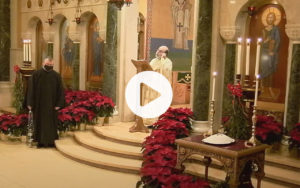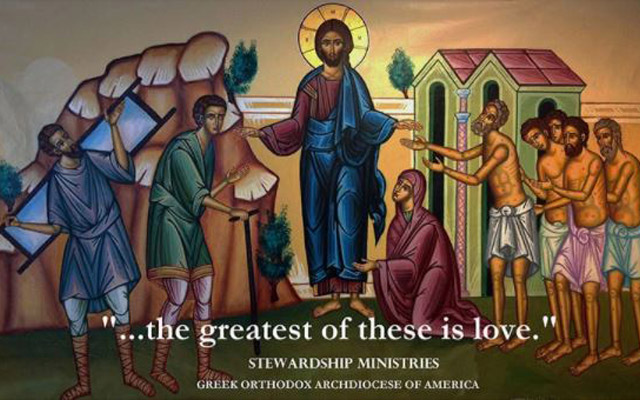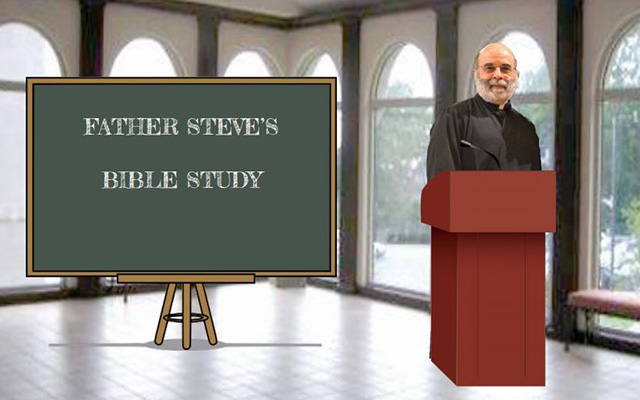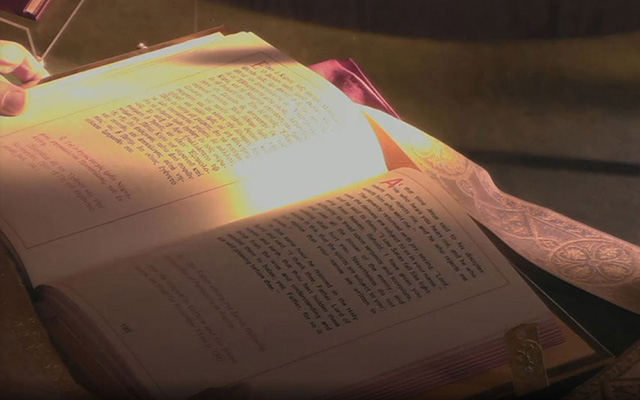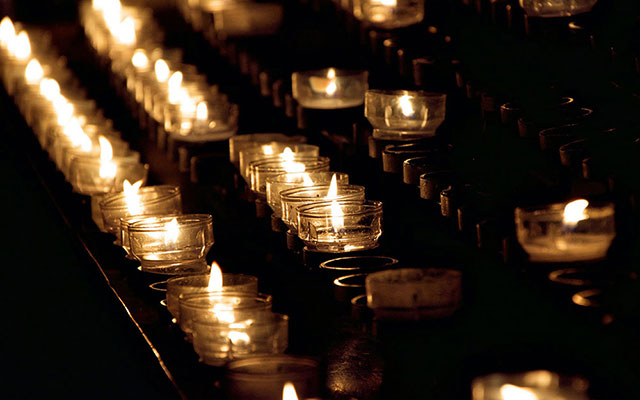Path of Descent: A Clod of Earth
The path of descent involves letting go of our self-image, our titles, our public image. I think this is one of the many meanings of the First Commandment: “You shall have no other gods before me” (Exodus 20:3). What is at stake here is not just false images of God (which mostly serve our purposes), but also comfortable images of ourselves. That’s probably what the saints meant when they said we have to move to


